The machine works by manipulating particles in a water bath to generate usable power.


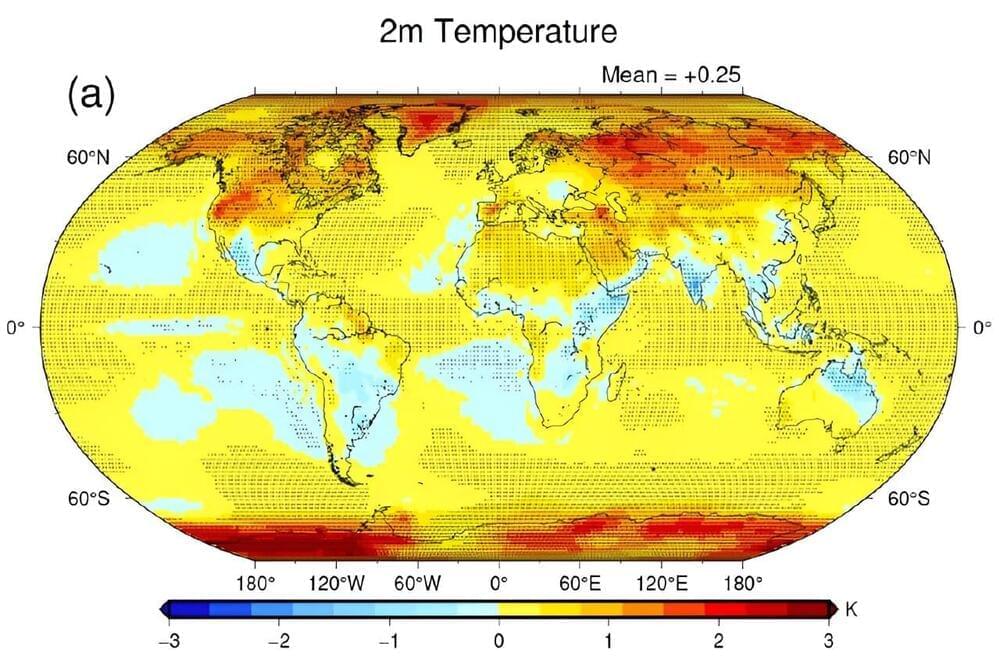
One of the key metrics for climate modeling is radiative forcing. Most climate models, including the general circulation models (GCMs), focus on the effects of different atmospheric factors on radiative forcing. However, there are still large uncertainties in satellite observations and multi-model simulations associated with some atmospheric factors.
Among them, clouds are a known source of uncertainty in GCMs, leading to radiative biases. However, another possible source of radiative uncertainty is associated with precipitation.
In principle, precipitating particles affect radiative forcing by disrupting incoming shortwave and outgoing longwave radiations. But most conventional GCMs in the Coupled Model Intercomparison Project Phase 6 (CMIP6) treat precipitation diagnostically and exclude the radiative effects of precipitation (REP). Extracting the magnitude of REP in climate models is challenging because of complicated atmosphere-ocean feedback and multi-model variabilities.
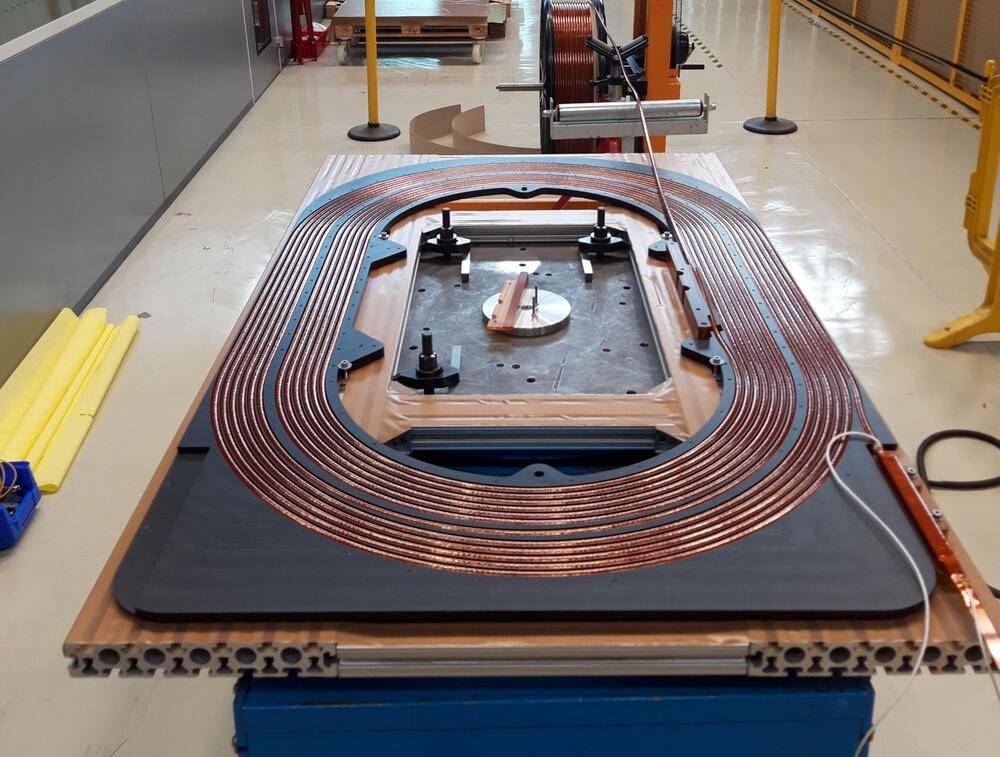
How can we advance cutting-edge research but consume less energy? CERN’s scientists are working on innovative solutions, and superconductivity is one of the key ingredients.
A team has recently successfully tested a demonstrator magnet coil that will significantly reduce the power consumption of certain experiments. The coil is made of magnesium diboride (MgB2) superconducting cables, which are used in the high-intensity electrical transfer line that will power the High-Luminosity LHC (HL-LHC), the successor to the LHC. It is mounted in a low-carbon steel magnetic yoke that holds and concentrates the field lines, in a so-called superferric configuration.
This innovative magnet is intended for the SHiP experiment, which is designed to detect very weakly interacting particles and is scheduled to be commissioned in 2031. One of the detector’s two magnets must produce a field of approximately 0.5 tesla. The field is of moderate intensity but must be produced in a huge volume that is 6 meters high and 4 meters wide and deep. A normal-conducting resistive electromagnet would have an electrical power of over one megawatt and, as it would have to operate continuously, its power consumption would be high.

New research indicates that plasma fusion heat spreads more evenly in tokamak reactors, suggesting a reduced risk of damage to critical components, thereby improving reactor longevity and efficiency.
According to researchers from the U.S. Department of Energy’s (DOE) Princeton Plasma Physics Laboratory (PPPL), Oak Ridge National Laboratory, and the ITER Organization (ITER), the intense exhaust heat produced by fusing plasma in a commercial-scale reactor might not be as damaging to the reactor’s interior as previously believed.
“This discovery fundamentally changes how we think about the way heat and particles travel between two critically important regions at the edge of a plasma during fusion,” said PPPL Managing Principal Research Physicist Choongseok Chang, who led the team of researchers behind the discovery. A new paper detailing their work was recently published in the journal Nuclear Fusion, following previous publications on the subject.
Learn physics and maths on Brilliant! First 30 days are free and 20% off the annual premium subscription when you use our link ➜ https://brilliant.org/sabine.
Can you really send a particle into the past? New Scientist published an article about this last week, and though I’m quite fond of the concept of retrocausality, I’m afraid to say that reality is much less interesting than fiction. Let’s have a look.
Paper: https://arxiv.org/abs/2403.
🤓 Check out my new quiz app ➜ http://quizwithit.com/
💌 Support me on Donorbox ➜ https://donorbox.org/swtg.
📝 Transcripts and written news on Substack ➜ https://sciencewtg.substack.com/
👉 Transcript with links to references on Patreon ➜ / sabine.
📩 Free weekly science newsletter ➜ https://sabinehossenfelder.com/newsle…
👂 Audio only podcast ➜ https://open.spotify.com/show/0MkNfXl…
🔗 Join this channel to get access to perks ➜
/ @sabinehossenfelder.
🖼️ On instagram ➜ / sciencewtg.
#science #sciencenews #physics
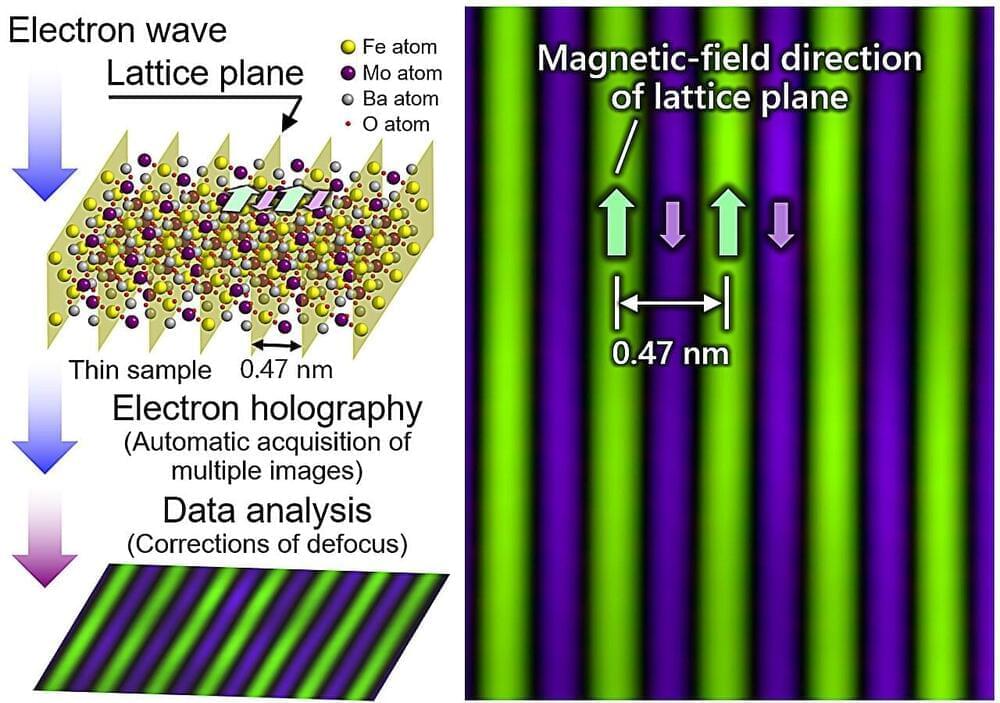
A research team from Japan, including scientists from Hitachi, Ltd. (TSE 6,501, Hitachi), Kyushu University, RIKEN, and HREM Research Inc. (HREM), has achieved a major breakthrough in the observation of magnetic fields at unimaginably small scales.
In collaboration with National Institute of Advanced Industrial Science and Technology (AIST) and the National Institute for Materials Science (NIMS), the team used Hitachi’s atomic-resolution holography electron microscope—with a newly developed image acquisition technology and defocus correction algorithms—to visualize the magnetic fields of individual atomic layers within a crystalline solid.
Many advances in electronic devices, catalysis, transportation, and energy generation have been made possible by the development and adoption of high-performance materials with tailored characteristics. Atom arrangement and electron behavior are among the most critical factors that dictate a crystalline material’s properties.

One of the primary goals of the Large Hadron Collider (LHC) experiments is to look for signs of new particles, which could explain many of the unsolved mysteries in physics. Often, searches for new physics are designed to look for one specific type of new particle at a time, using theoretical predictions as a guide. But what about searching for unpredicted – and unexpected – new particles?
Sifting through the billions of collisions that occur in the LHC experiments without knowing exactly what to look for would be a mammoth task for physicists. So, instead of combing through the data and looking for anomalies, the ATLAS and CMS collaborations are letting artificial intelligence (AI) streamline the process.
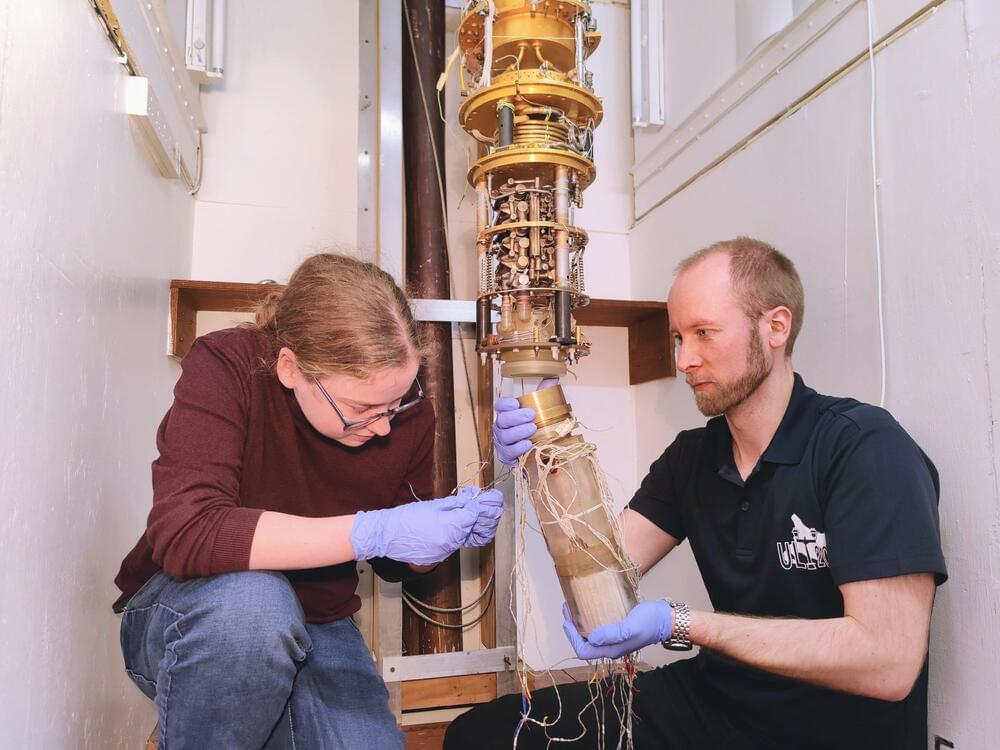
One of the greatest mysteries of science could be one step closer to being solved. Approximately 80% of the matter in the universe is dark, meaning that it cannot be seen. In fact, dark matter is passing through us constantly—possibly at a rate of trillions of particles per second.
We know it exists because we can see the effects of its gravity, but experiments to date have so far failed to detect it.
Taking advantage of the most advanced quantum technologies, scientists from Lancaster University, the University of Oxford, and Royal Holloway, University of London are building the most sensitive dark matter detectors to date.
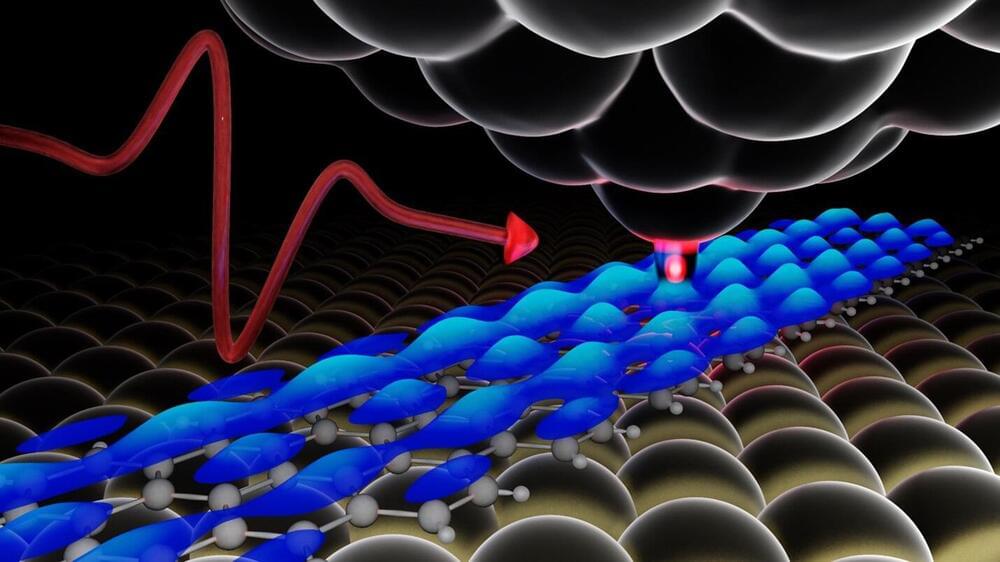
One of the challenges of cramming smarter and more powerful electronics into ever-shrinking devices is developing the tools and techniques to analyze the materials that make them up with increasingly intimate precision.
Physicists at Michigan State University have taken a long-awaited step on that front with an approach that combines high-resolution microscopy with ultrafast lasers.
The technique, described in the journal Nature Photonics, enables researchers to spot misfit atoms in semiconductors with unparalleled precision. Semiconductor physics labels these atoms as “defects,” which sounds negative, but they’re usually added to materials on purpose and are critically important to the performance of semiconductors in today’s—and tomorrow’s—devices.
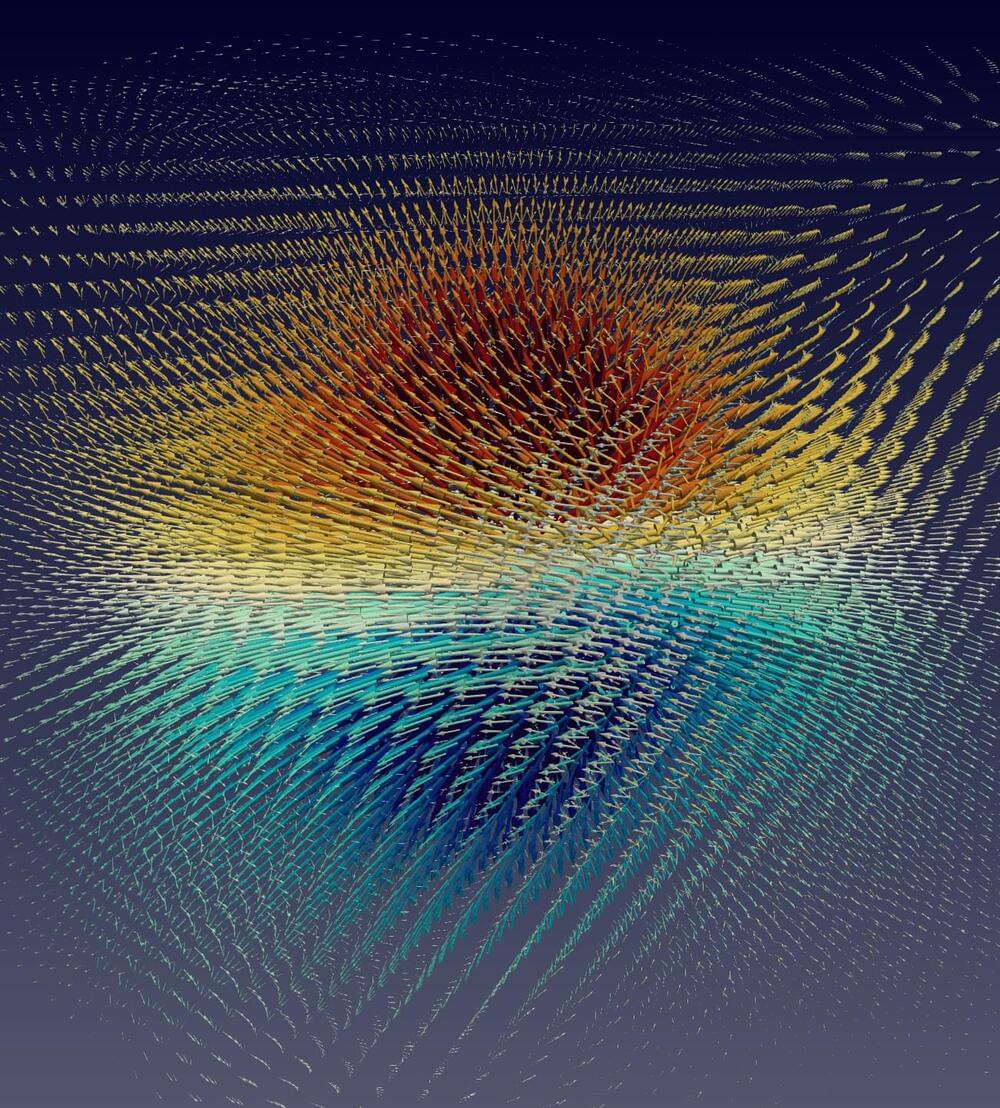
In the past decade, metal-halide perovskites have rapidly progressed as a semiconductor, surpassing silicon in their ability to convert light into electric current since their initial discovery.
Simulations on TACC’s Frontera and Lonestar6 supercomputers have revealed surprising vortex structures in quasiparticles of electrons and atoms, called polarons, which contribute to generating electricity from sunlight.
This new discovery can help scientists develop new solar cells and LED lighting. This type of lighting is hailed as an eco-friendly, sustainable technology that can reshape the future of illumination.